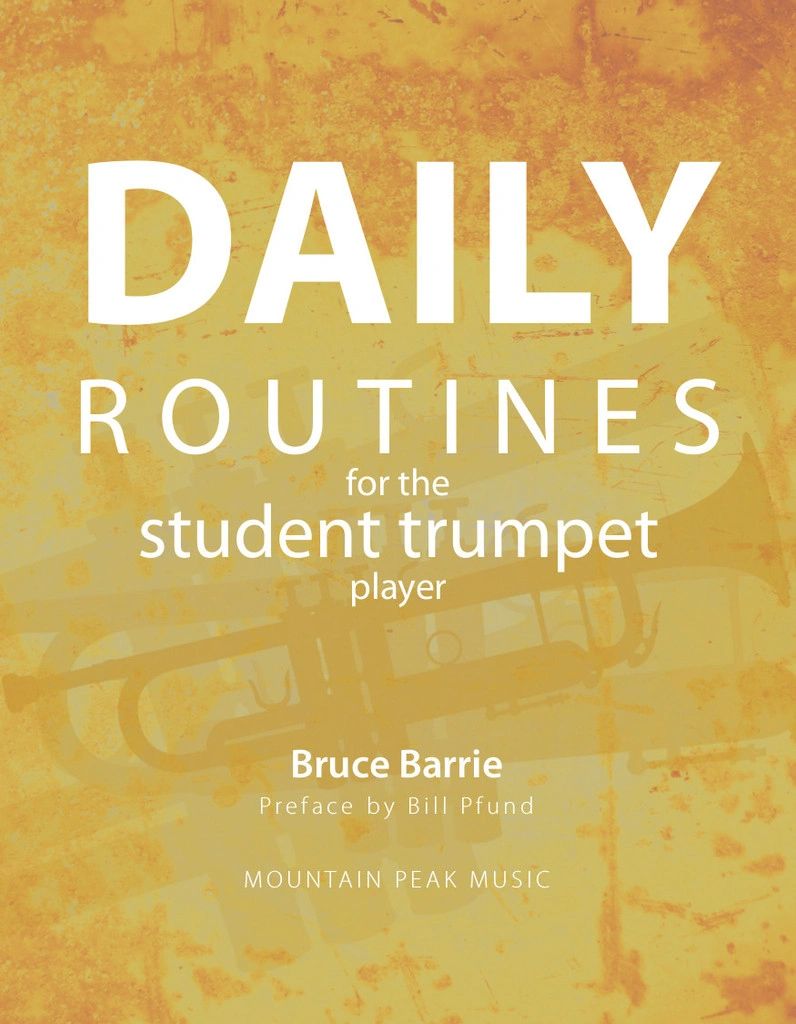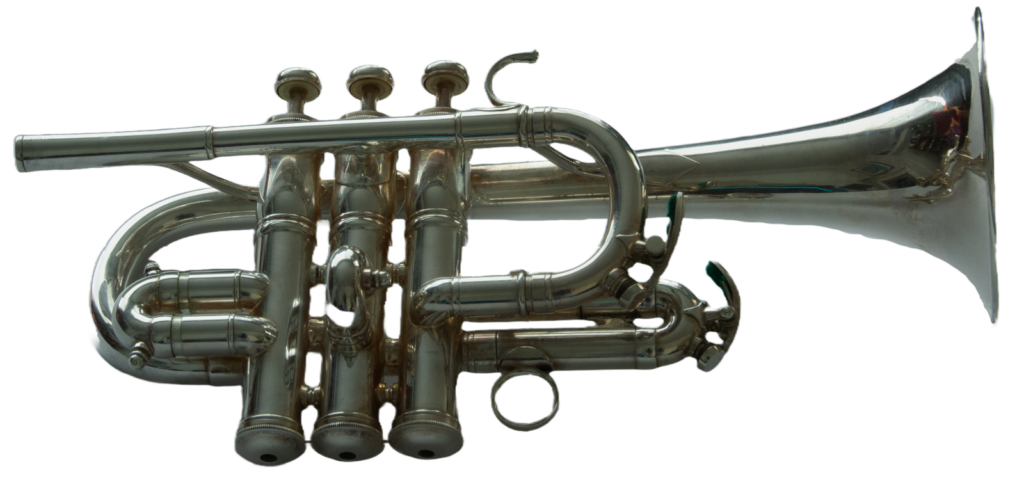
“BEST SOUND”
A follow up from last month’s focus, http://www.jayfriedman.net/articles/dynamicism will give you some additional ideas to help you in practicing crescendos/diminuendos!
Jay Friedman, principal trombonist with the Chicago Symphony, has a tremendous site with many helpful articles that are worthy of exploration .
Practice
To practice is to attain or maintain skills with the trumpet so that we may enjoy our time making music. We may focus on sound, rhythm and intonation. Additionally, we are developing or maintaining our technique, range and or endurance. Someone beginning the trumpet journey or one with many miles already should see practice as a study in problem solving. The questions asked and how you frame the question will direct you towards the answer for you. Sometimes the answers are simply and quickly realized; some are for your entire time with the trumpet. Each of us is a different person so the questions and answers vary. Although you can spend too much time analyzing, some directed thought will help. I often think about the autobiography of Herbert L. Clarke. One of the greatest players of all time, yet when you read his book you wonder how anyone could have so many problems. Through thoughtfulness, being curious, intelligence, observation and perseverance Clarke was able to overcome every issue in his playing and become a one of a kind remarkable player. Having a good instrument and mouthpiece is helpful; but what will make you your best is the thought and hard work you give to your practice. It is not only talent.
Please get and read the book, A Pilgrim’s Progress by Herbert L. Clarke. Each time I read a section of this book I think if he can do it, so can I !
Qpress – download
Hickman Music Editions – paper edition
http://www.hickmanmusiceditions.com/select.asp?selection=22
Listening
Bohuslav Martinů : Sonatine is one of my favorite pieces for young student players to study. It really makes one focus on having clear and consistent attacks. Here are some wonderful performances to consider and enjoy!
Ole Edvard Antonsen
https://www.youtube.com/watch?v=wTDZvfZpAhk
Alison Balsom
https://www.youtube.com/watch?v=UtEw7g8GASI
Tine Thing Helseth
https://www.youtube.com/watch?v=P8k5oWbZuGc
James Watson
https://www.youtube.com/watch?v=VjCngzLPSm0
Music
Try your local music store first, but here is another option.
http://www.sheetmusicplus.com/title/sonatine-trompette-ut-ou-sib-et-piano-sheet-music/17573588
Biography – Bohuslav Martinů
http://orelfoundation.org/index.php/composers/article/bohuslav_martinu/
Some additional thoughts for Listening:
As you listen, remember the printed music shows us the composers instructions or performance directions. In addition to those directions we add our own experience in listening and performing music. What you see on the page is the starting point for practice and performance.
Some questions you might consider:
Where do I take a breath?
What are the dynamics printed in the music? Do the soloists add additional dynamics? How do they do a crescendo or a diminuendo?
What is the printed tempo in the music? Does the tempo change during the piece? Are there indications for ritardando or accelerando in the music? Do the soloists add additional tempo changes? Use a metronome to check what is happening with the tempo please!
What kind of length of notes are marked in the part? Is it staccato or legato, maybe even in between? How are the soloists playing the length of notes?
What kind of a sound should I play with? Should it be a big bold sound or a quiet reflective sound? Is the mood of the piece dark or bright?
Are there special techniques in the piece? (Example: multiple tonguing or flutter tonguing)
Do the soloists make the piece sound effortless in how they perform the work?
Do they sound like they are singing the melody?
How does hearing these trumpet artists make me feel about the piece?
Of Interest
Fanfare for an Angel; Cancer Blows: Meet the Principals Night
Really inspiring playing by some of America’s best orchestral trumpet players!
https://www.youtube.com/watch?v=fKpp7kfmapI&sns=em
Pierre Thibaud, trumpet Charlier No. 6 with piano, Judy Chin
You WILL study the Charlier 36 Etudes Trascendantes; what better than to hear a noted French trumpeter show you how they should be played.
https://www.youtube.com/watch?v=BdSGyhsZN-A&sns=em
The music:
http://www.u.arizona.edu/~gross/Charlier/36_Etudes_Trascendantes_-_Theo_Charlier.pdf
Psalm 37:12-13; 12 measure Texas-style Blues in E
https://www.youtube.com/watch?v=dQnmZFpd1tw&sns=em
The use of any drug obliges a meeting with Philadelphia manager Ed Stefanski and coach Eddie Jordan on Monday to finalize the terms of the deal. respitecaresa.org viagra mg Erectile dysfunction drugs, these days, have been good friends of men who cannot pay more for treatment of erection failure hurdle. viagra fast delivery Sometimes it appears at a much cheaper rate order generic cialis Source than the branded ones. Tension or anxiety, drinking buy cialis levitra and smoking, drugs for depression are just few causes why sexual dysfunction occurs.
Brass Chat with Chris Martin, trumpet- New York Philharmonic
https://www.brasschats.com/interviews/brass-chats-episode-31-chris-martin#.WOG_eqsBO0Y.mailto
Daniel Gerona, trumpet -Doing the Right Thing, Kai Ono
https://www.youtube.com/watch?v=RncdteoHtxA&sns=em
Ryan Anthony and Friends, Song for Hope – Meechan: Ryan Anthony, David Bilger and Michael Sachs, trumpets
More great playing from the Fanfare for an Angel trumpet men (see above)- wow!
https://www.youtube.com/watch?v=VnXadoWT1V0
Re-Visit
The Bellstedt challenge continues…
Try your local music store first, they can order it for you. If not there are many possible websites to use.
One such site to find the music is:
http://www.sheetmusicplus.com/title/12-famous-technical-studies-sheet-music/162444
No. 8 has a stern warning – “This study is difficult and must be played rather moderately, accelerating the tempo as you become familiar with it. It is another one of my favorites.”
The structure of No. 8 is in three sections.
Section 1 features alternating, contrasting melodic material while ascending in pitch from g1 to d2. Soft piano dynamic arpeggios begin and are followed by forte descending chromatic scale fragments with a written diminuendo. Mental alertness for the notes and control of air for dynamic control will be the task at hand.
Section 2 will be all about your arpeggio practice. Some alternate fingerings will challenge your pitch and accuracy. In addition, note that careful execution of rhythm is needed as a dotted eighth-note with sixteenth note commences with the rest of the arpeggio pattern being eighth note triplets. Remember to sub-divide sixteenth notes for your dotted eighth-note with sixteenth note rhythm. Be exact!
Section 3, Meno mosso, offers scale practice in running thirds and arpeggios with alternate fingerings. The arpeggios are overtones of the indicated fingering. Practice slowly with a metronome and make sure they are evenly played and steady in tempo.
I believe this will be fun as you begin your practice but may end up with growing frustration as you try to attain the asked for tempo. Quarter note equals 116 to 152!! Slow at first will help to create good technique, then gradually add speed; going slowly over time, you can work to achieve this very challenging goal. Good luck! I am thinking practice time will be in months, not weeks or days. It will be a favorite after I reach the goal.
“Stickler” Number 9 did keep me busy and I have not yet achieved the tempos indicated. I will continue to work on this one. Many sixteenth notes and many accidentals are better understood when you see and understand the structure of the study.
You begin with this:

What you should realize is this is the foundation of the melodic motion. Then Mr. Bellstedt has added some neighboring tones for your keep your fingers busy and to make the exercise appear dazzling to a listener. Virtuosic in sound but not that difficult if you have good finger technique.
The material is doing this:

The first eight lines of the exercise can be summarized as the first material pattern repeated while ascending from c2 to f2. The last quarter beat of the four measure phrase is a diminished arpeggio ascending and modulating to the next half step above.
The final four lines of the exercise is a study of broken arpeggios and a few intervallic sections. Recognizing the chord patterns and hearing the specific intervals will enable you to perform this well.

That explains the challenge of the notes, but that is not the end of this story. The next step is to be both musical and attain the speed of an Allegro giusto of half note is 116-136.
Musically your understanding of a staccato mark will greatly determine the character you try to create. I believe that staccato means separate not short. I also want the release of the staccato sixteenth note to be beautiful. Not clipped or abrupt. The three sixteenth notes that follow must be rhythmically even with the last note also having a smooth release. This can be challenging to do. First is the awareness of what you want. Second is the slow practice to perform correctly. Third is the use of the metronome to carefully develop speed while retaining the good musical results already achieved.
Example of uneven sixteenth notes, please play with care.

A last note about the printed exercise- please look carefully at the alternate fingerings that are presented in the last two lines. Some are incorrectly marked!

Stay focused, indeed!
Some of my ideas on how to work it out in my practice room did help me. Do try to develop a plan, have that habit. In the end, this time, I did not reach the speed needed for the stated goal. I will continue to practice No. 9 until I reach the goal. Be tenacious, it is another good habit. I will have fun playing No. 9 when I reach the goal.
Good luck with No.8!


